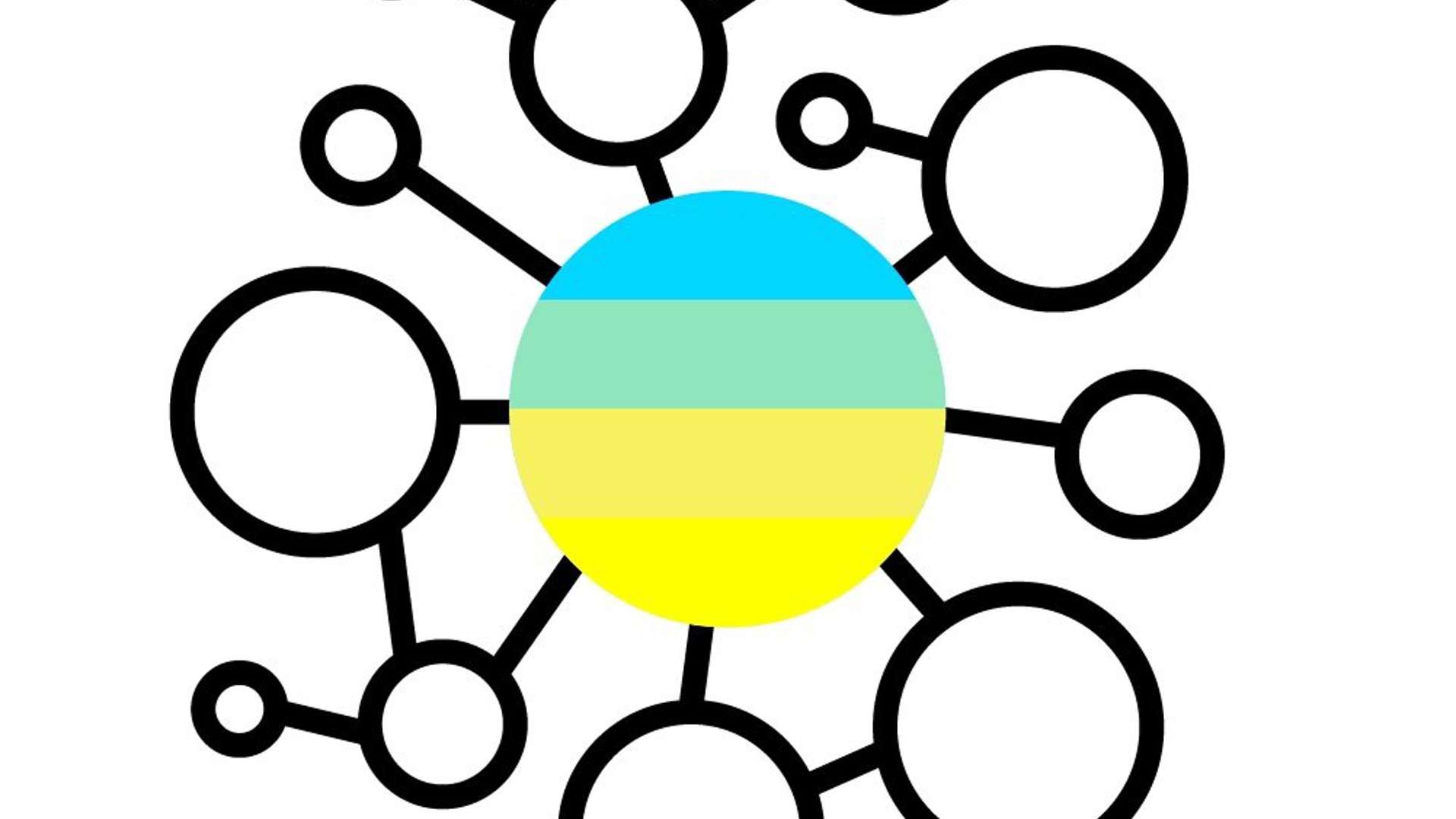SAP's Vision for Master Data:
Unifying Applications, Data, and AI with MDG
SAP Master Data Governance (MDG) is a critical component in SAP's overarching strategy to bring together applications, data, and artificial intelligence. While the fundamental definition of SAP MDG as a state-of-the-art Master Data Management (MDM) application for governing both SAP and non-SAP data remains constant, SAP has added a significant emphasis: MDG is now "geared towards automation."
SAP's Strategic Vision: A Three-Layered Approach
SAP's vision revolves around three distinct but interconnected layers:
- Applications: This layer includes SAP applications and SAP Business Technology Platform (BTP) to enable seamless, end-to-end connectivity across various business processes.
- Data: The SAP Business Data Cloud (BDC) serves as the central data lake, designed to store both SAP and non-SAP data, providing a unified data foundation.
- AI: SAP Business AI, powered by SAP Joule, aims to deliver real-time insights and drive automation across the enterprise.
The Pivotal Role of SAP MDG
SAP MDG is positioned to support all three of these strategic layers:
- Applications: MDG facilitates integration with business processes by handling the sending, receiving, and cleansing of master data across various applications.
- Data: MDG acts as a crucial provider of high-quality master data, often considered the most critical data, to the BDC. It also provides key mapping, essential for achieving a holistic view of data across disparate systems.
- AI: MDG plays a dual role in the AI landscape. It both leverages AI within MDM for automation purposes and provides the high-quality master data necessary to enable robust AI scenarios throughout the business.
SAP MDG's Strategic Direction
SAP's strategic direction for MDG is clear, with a strong focus on an integrated vision and a clear path for future development:
- The Cloud-Ready Mode is the strategic development direction, indicating where SAP will concentrate its innovation efforts.
- The Classic Mode will continue to evolve, but primarily through the Customer Continuous Influence program, meaning enhancements will be driven by direct customer demand.
Key Trends Shaping Master Data Governance
Several key trends are influencing the evolution of SAP MDG:
- Cloud: Master data is moving both for the cloud and into the cloud.
- In the cloud: Cloud-Ready Mode is built on ABAP Cloud (CDS, RAP, and ABAP cloud-optimized syntax), supporting a clean core strategy. SAP also offers cloud-based master data services, such as Address-Validation-as-a-Service on SAP BTP.
- For the cloud: SAP aims to leverage Master Data Integration (MDI) for easier end-to-end integration, although MDI's maturity is still developing.
- Automation: High-quality master data is essential for reliable automation in business processes. Within MDM, automation reduces manual, error-prone input. This can be achieved through integration with third-party data providers such as our Alluvion SAP MDG D&B Connector.
- Digitization & AI:
- Leveraging MDG in AI scenarios requires high volumes of high-quality, cross-system master data.
- AI is also being leveraged in MDG for automation, such as initiating change request creation via text prompts. It's important to note that these AI-driven features are primarily for (Private) Cloud versions.
- Modularization: As business application software shifts towards a modular approach, seamless integration of master data into these applications becomes a key enabler. To support this, SAP is positioning Federated Governance as an MDG operating mode. Federated Governance relies on MDG Cloud-Ready Mode and MDI, both of which are still maturing.
This strategic direction highlights SAP's commitment to evolving MDG as a cornerstone for modern, intelligent enterprises.

Niels De Greef
SAP Master Data Architect & Team Lead
Certified SAP Master Data Solution Architect and Teamlead with expertise in MDG, EIM, and a track record of delivering high-quality, scalable, efficient and future-proof solutions.
Featured articles






